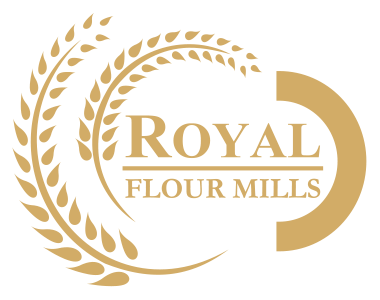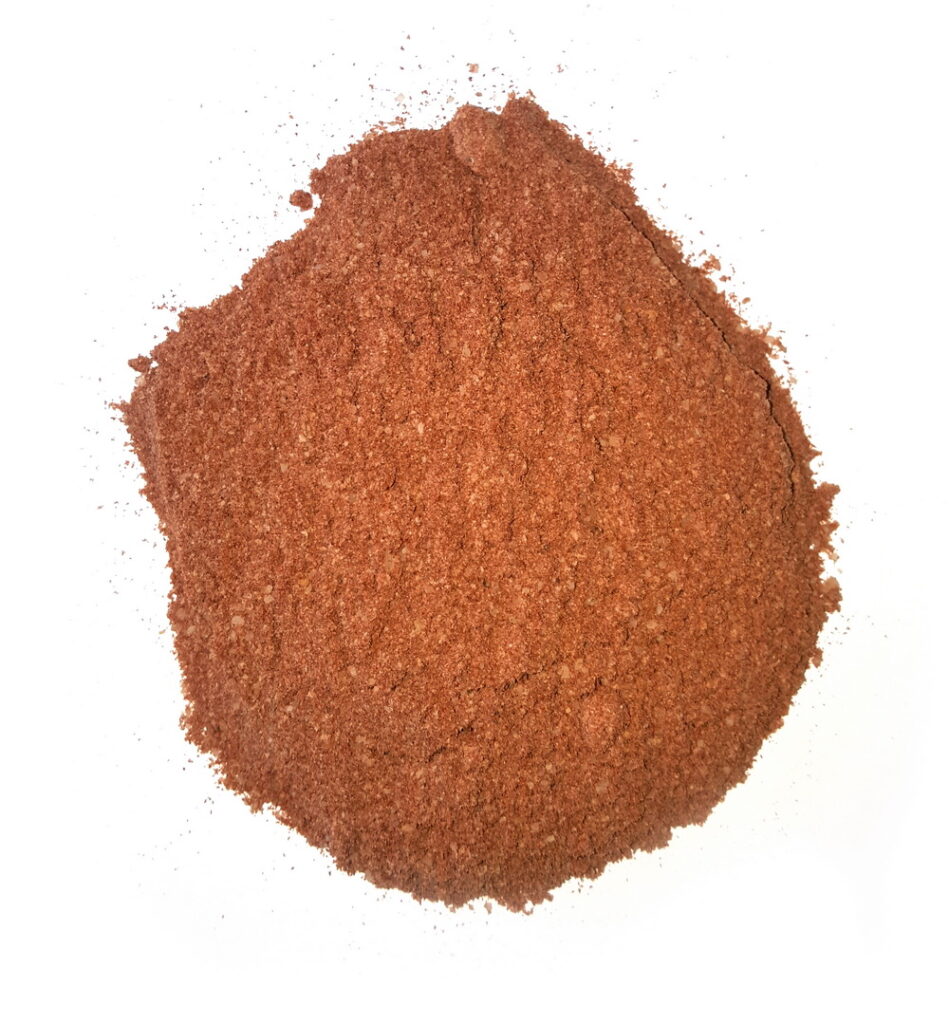Rice polish is a by-product of rice obtained in the milling operation of brushing the grain to polish the kernel, after the hull and bran have been removed.
Rice polish can be used as a part of concentrates for dairy cattle, beef cattle and sheep. This is also the cheapest source of energy and protein for poultry feeding. The oil content of rice polish varies from 13-19%. The crude protein ranges from 13-16% and TDN from 70-90% depending on the oil content. Rice polish supplies as much TDN as maize. It is a good source of proteins, energy, vitamins and minerals for farm animals. It also contains better assortment of amino acids, particularly lysine and methionine, compared to other cereal grains, including maize and wheat.
The phosphorus content is high (1.30%) in rice polish and calcium content is low. Though much of the phosphorus exists as phytate phosphorus, rumen microorganism can digest phytate phosphorus. Rice polish contains factors which promote rancidity, especially under the warm humid climatic conditions that favour auto-oxidation. These include lipoxidases, which are enzymes that promote oxidation of unsaturated fatty acids. Rancid feeds are unpalatable and potentially toxic. Heat treatment may improve its utilization especially in non-ruminants by inactivating lipoxidases and trypsin inhibitors.

